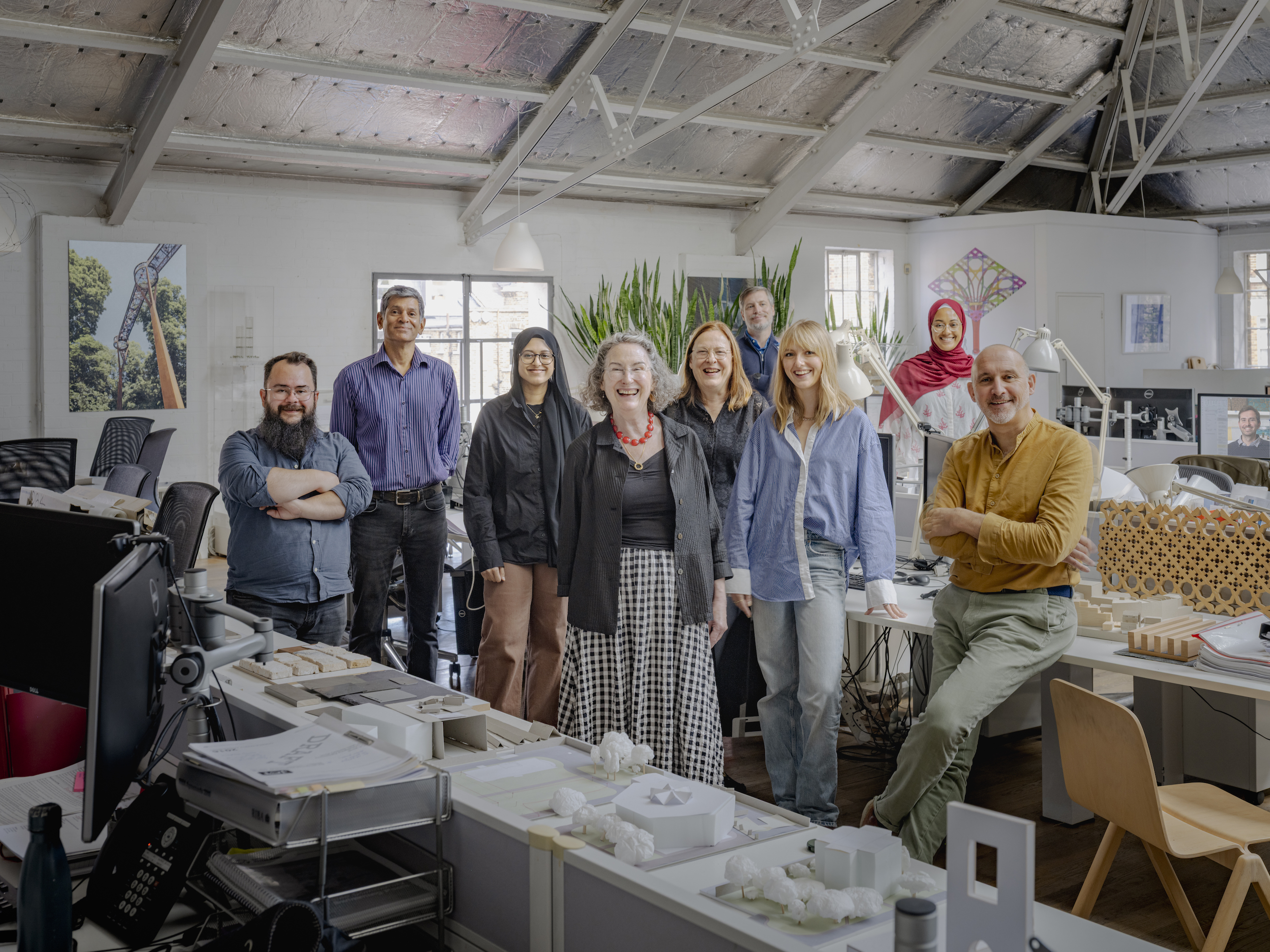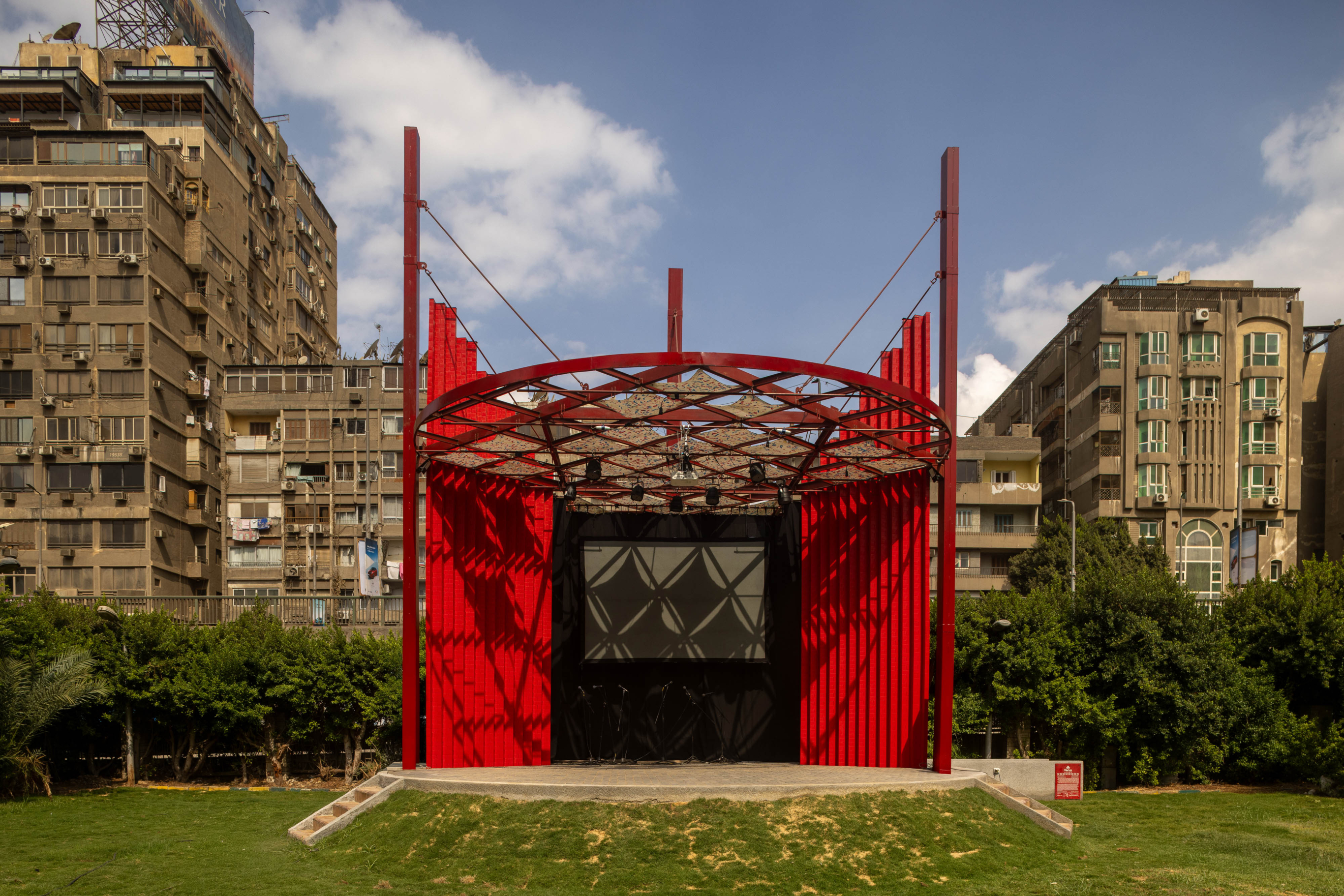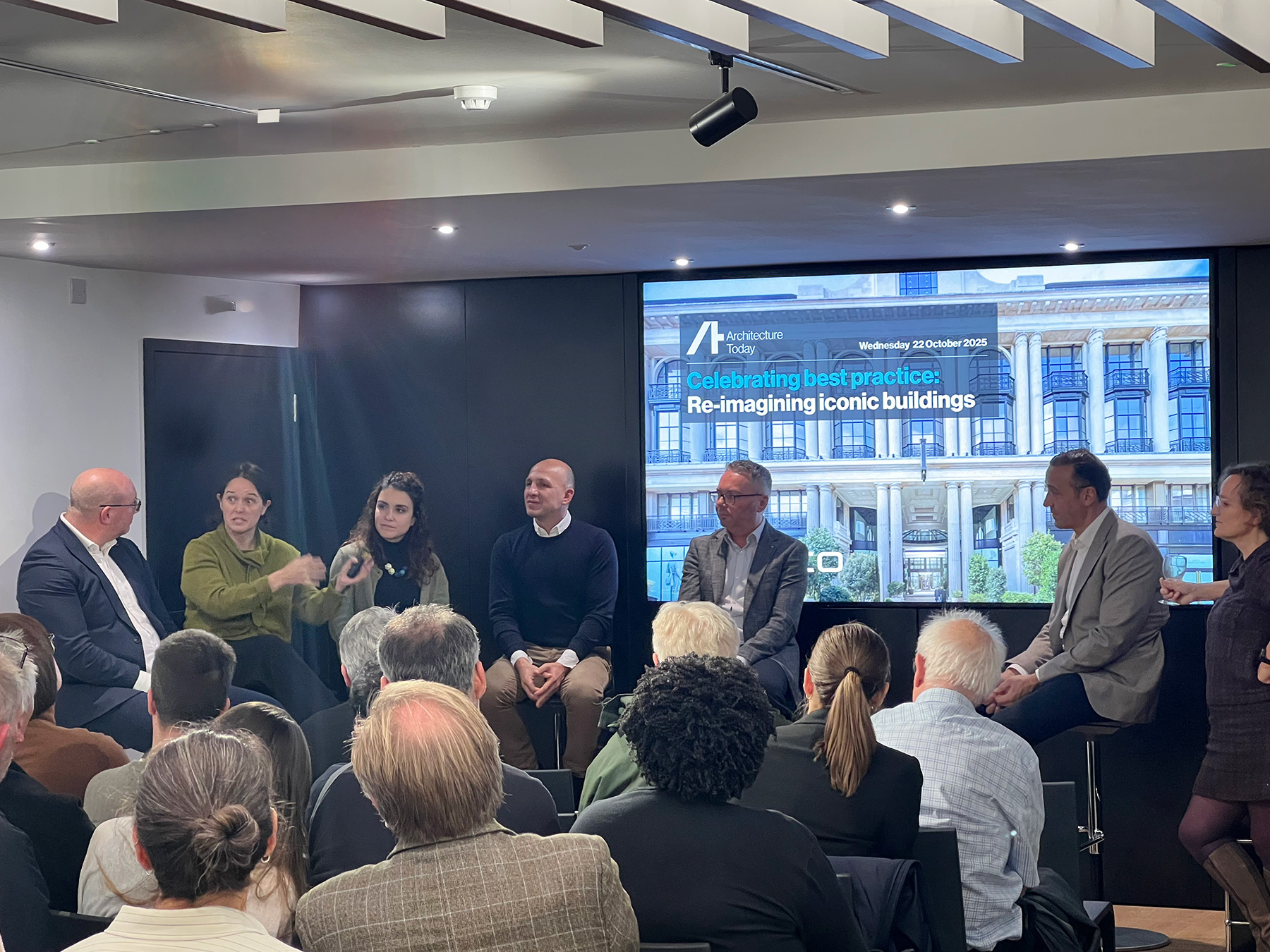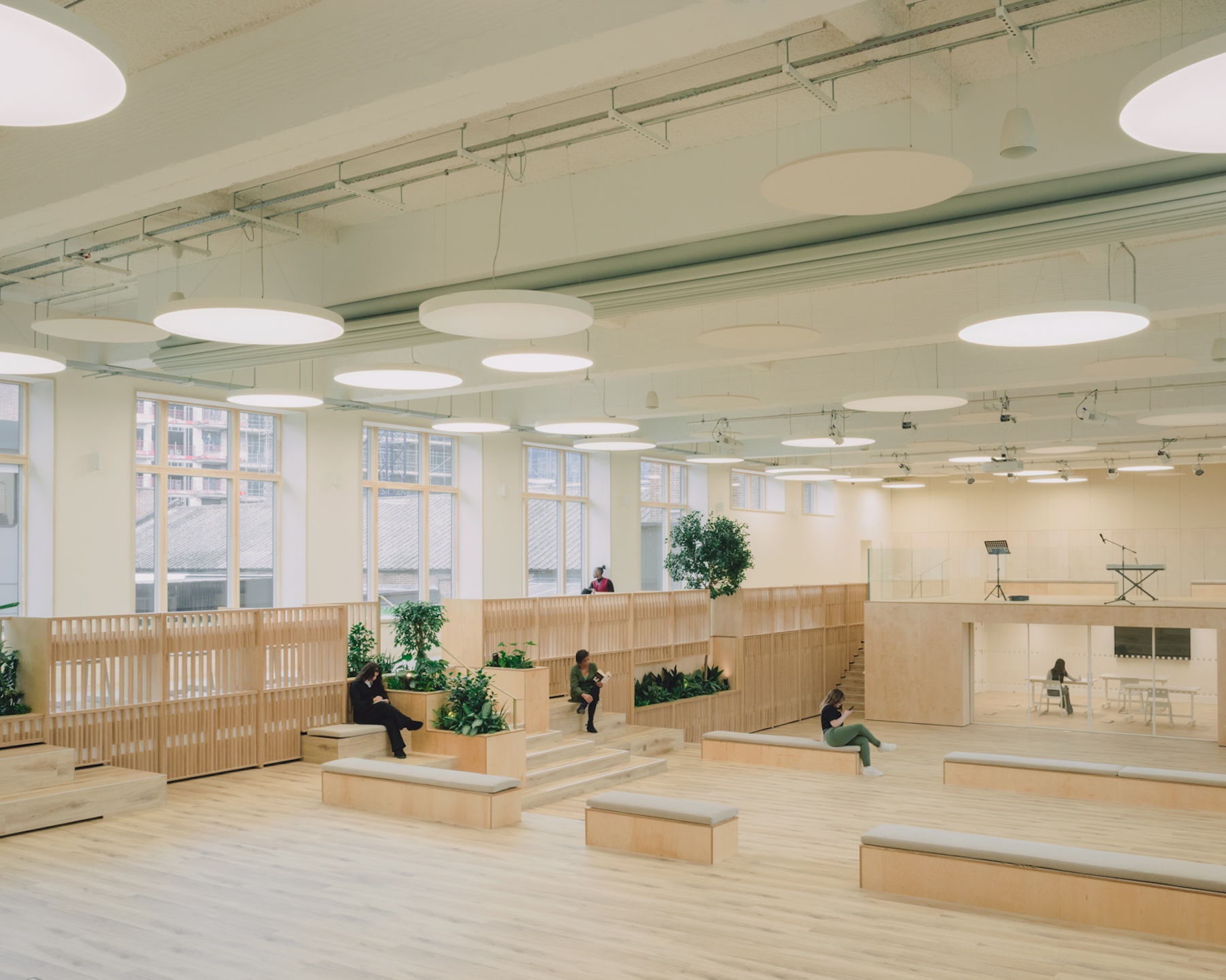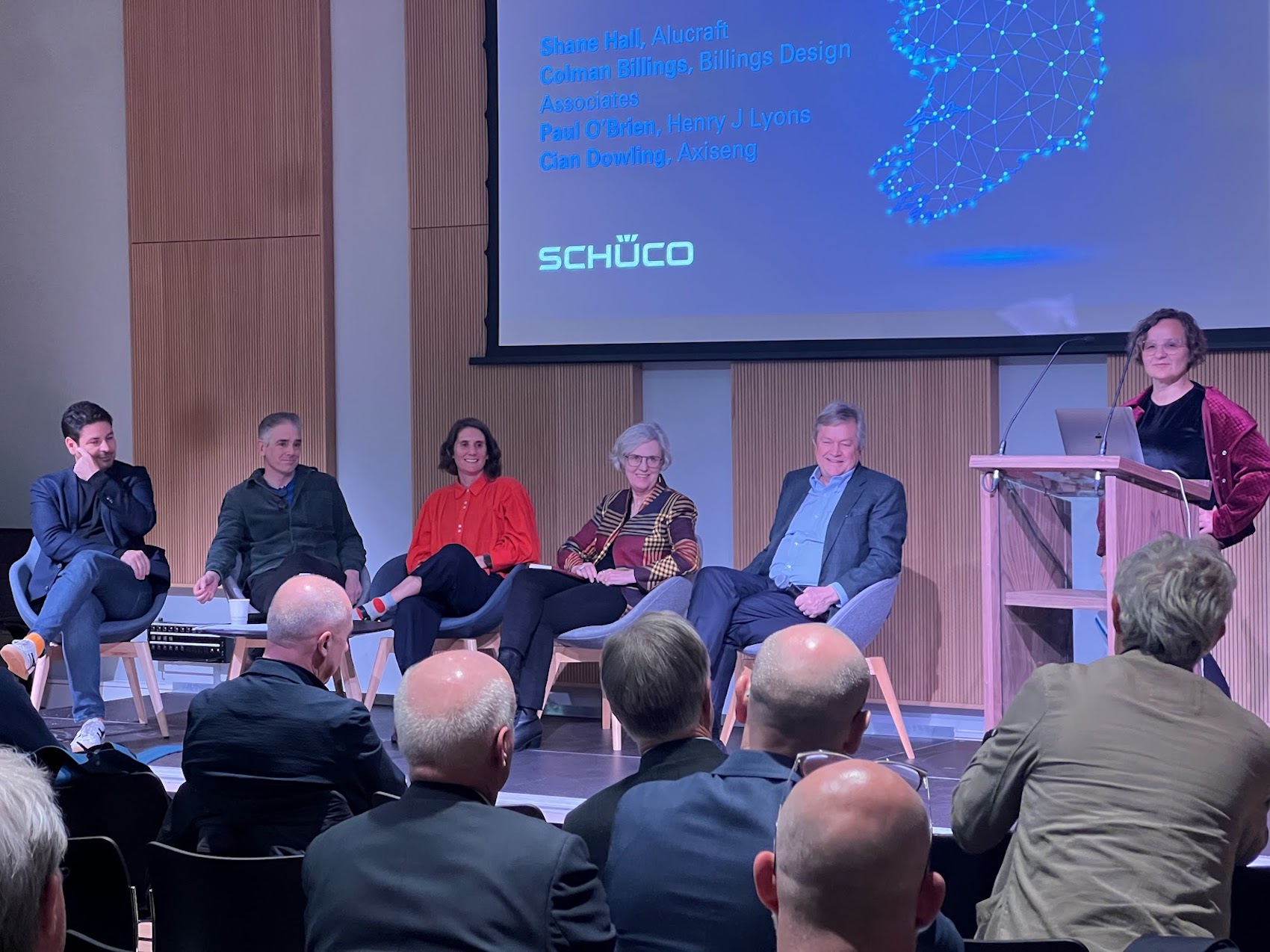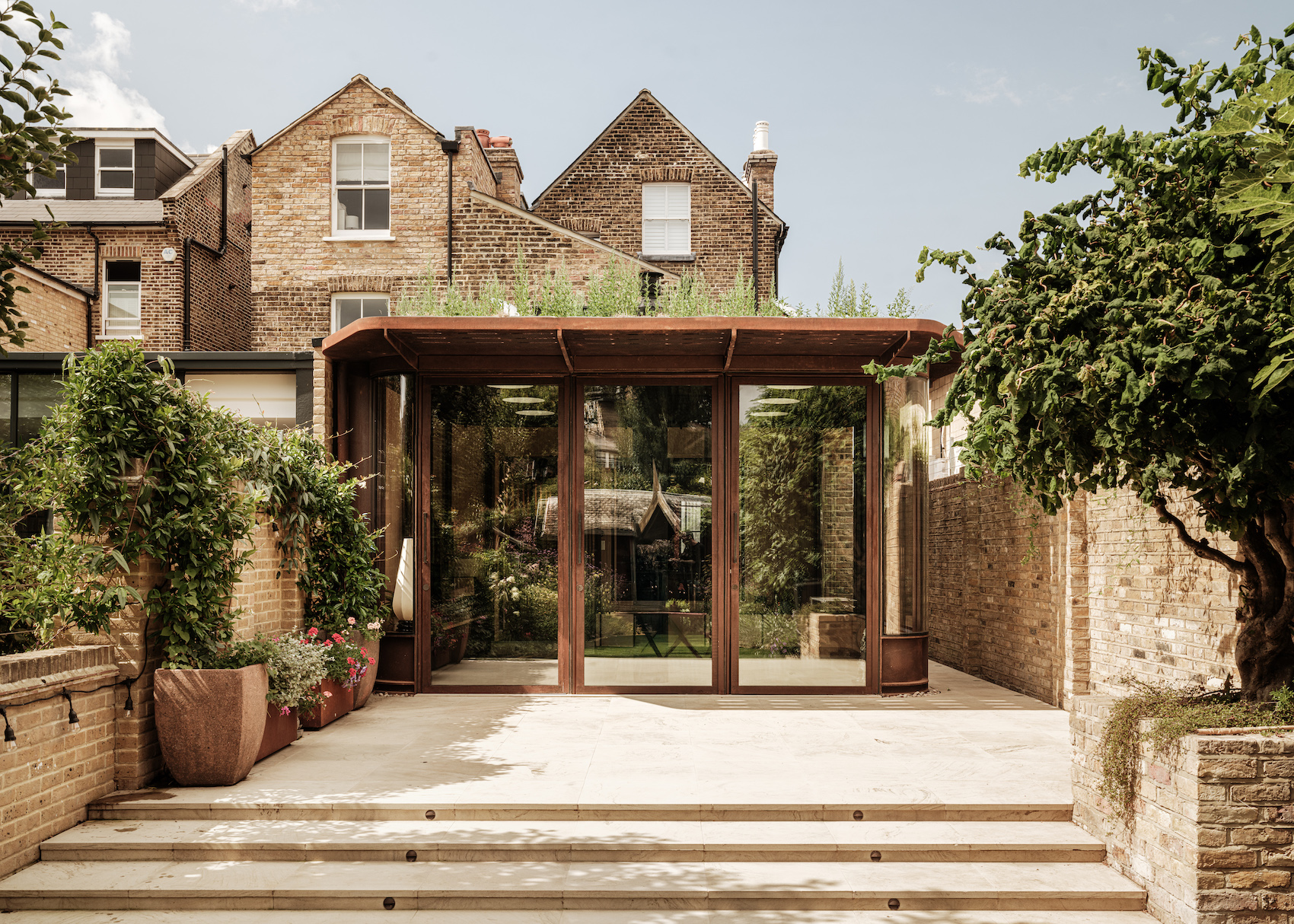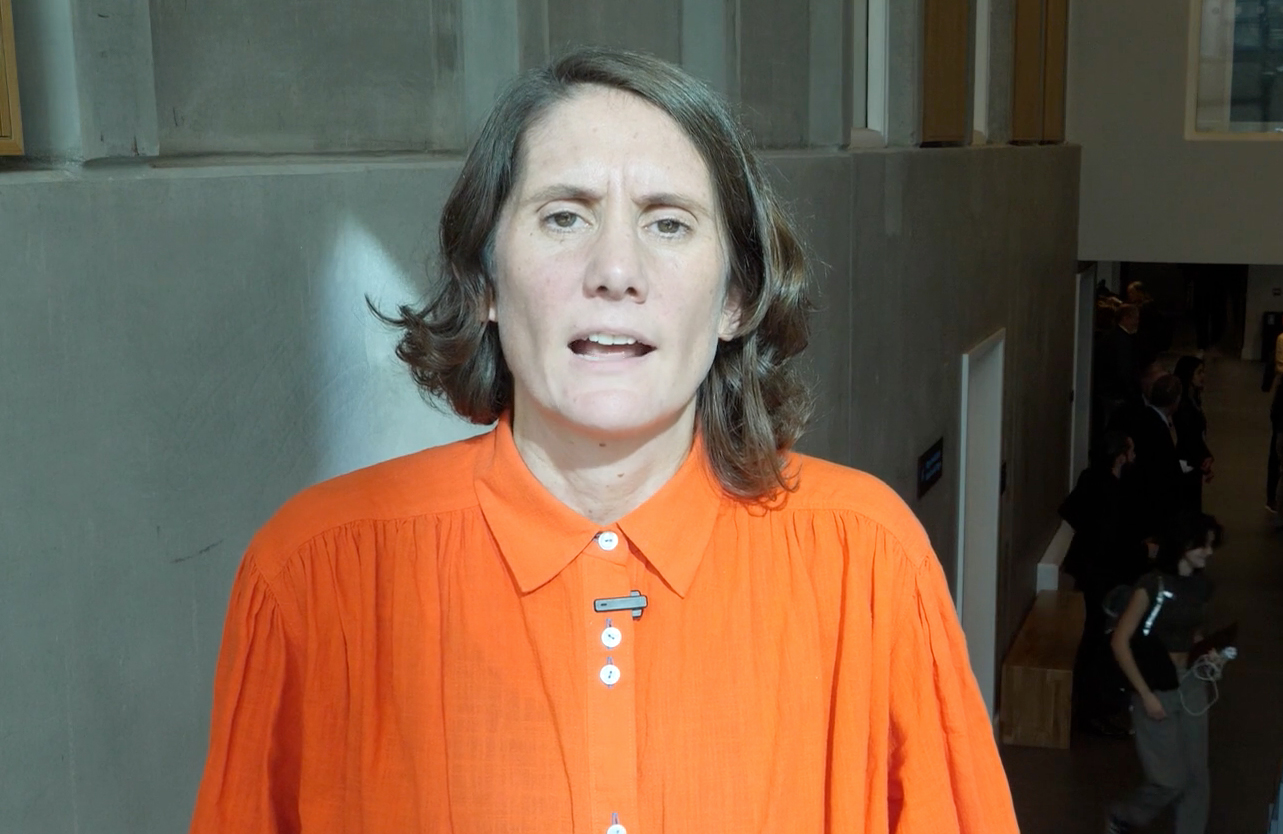The academic, architect and urban designer Peter Buchanan explains why Cape Town’s extraordinary topography compels its citizens to look and to learn, and produces some of the best architects and urban designers in the world.
Image courtesy of Heinrich Botha/Wikimedia Commons
The first thing I learnt from Cape Town was the power of geography and topography; the way the urban form responds to the logic of the city. In a way that’s the biggest lesson I ever learnt in architecture, but actually Cape Town taught me so much.
In some ways you could argue that its uniqueness limits its usefulness as an exemplar. The city is extraordinary in terms of both geography and topography. It sits at the confluence of two oceans; the warm Indian Ocean and the cold Atlantic. There’s Table Mountain, which lies three-and-a-half thousand feet above sea level, which is extraordinary in itself. But then the fact that you are surrounded by something at sea level; this very flat plateau that’s not even rugged, makes for the most incredible contrast. It’s a place for parachutes, hang-gliders and paragliders, celebrating and exaggerating Cape Town’s contrasts and scale.
You look at it and you think Christ, that’s pretty bloody amazing. The fact of being so extraordinary makes it utterly inspiring and when you are trying to design something, or to imagine something new, there are few things more valuable than feeling inspired. But this extraordinariness is underpinned by an almost primal simplicity; a clarity that makes it easy to read and to understand. There are these very powerful axes that connect across the whole city. The ridge from where you enter the city at the head of Table Mountain and across the Cape Flats, is bisected by another mountain range that comes in from the sea. It’s highly diagrammatic, almost to the point of seeming abstract. There is something magical about its clarity; its refusal to become – or to countenance – the arbitrary or mundane.
It’s highly diagrammatic, almost to the point of seeming abstract. There is something magical about its clarity; its refusal to become – or to countenance – the arbitrary or mundane.”
The clarity of the city’s organisational diagram teaches you what is perhaps the most fundamental urban design skill – how to create urban forms that facilitate different activities. You can unscramble its logic and its constituent parts and see how everything works. It’s easy to understand how all these things fit together. It demands to be read. Like all settlements, its topography and geography dictate an appropriate approach to urban design. The lessons are always there if we take the time to find them. And Cape Town seems to compel its citizens to look, and also to learn. In Cape Town, I was lucky to be taught by superb architects and urban designers that I don’t think I would have been taught by in any other city in the world. Of course it’s also problematic. Perhaps it’s precisely because there was so much wrong about Cape Town – because of the racial situation – that we took nothing for granted, and approached everything in a very political way.
When I came to England I was shocked at how complacent everyone was. There just aren’t that many people who have been taught well; taught to look, and to see and to respond to the clues that are intrinsic to every city or site. One of the first things I noticed when I arrive here was that so few architects knew how to read the city; how to read topography. That so many architects and urban designers never learn to look. To read the lessons. To accept that their job is not to try and be clever, or original, but simply to pick up on the clues. To do the right thing.



